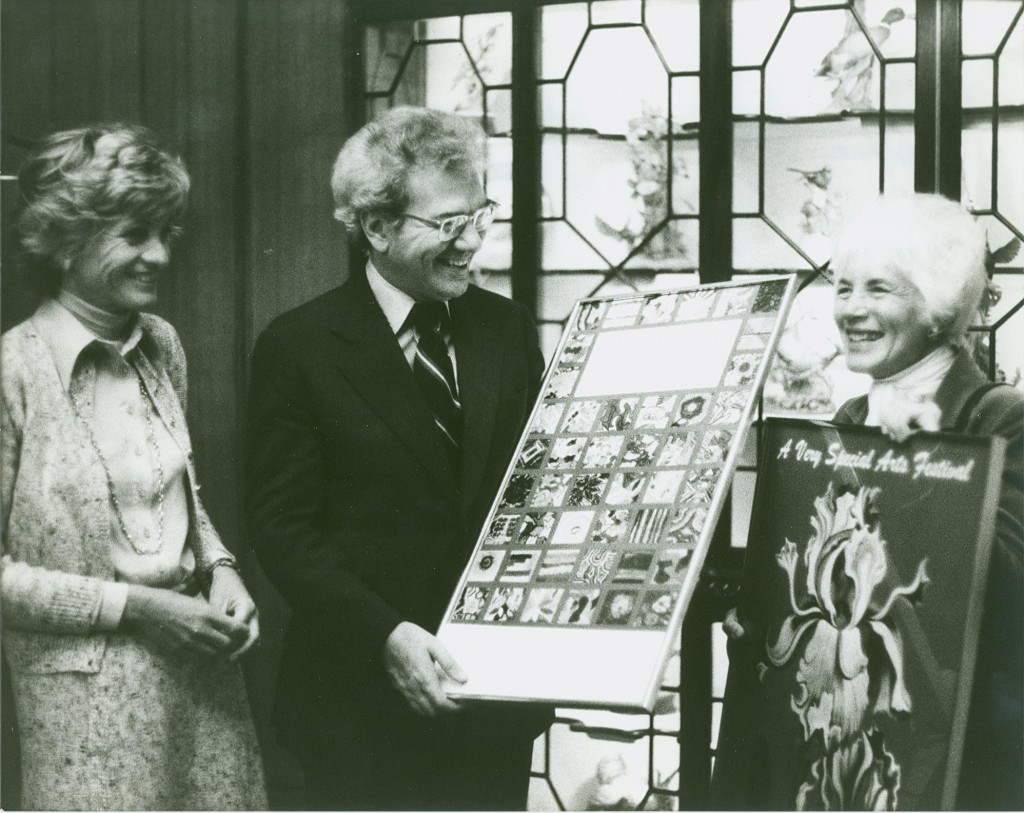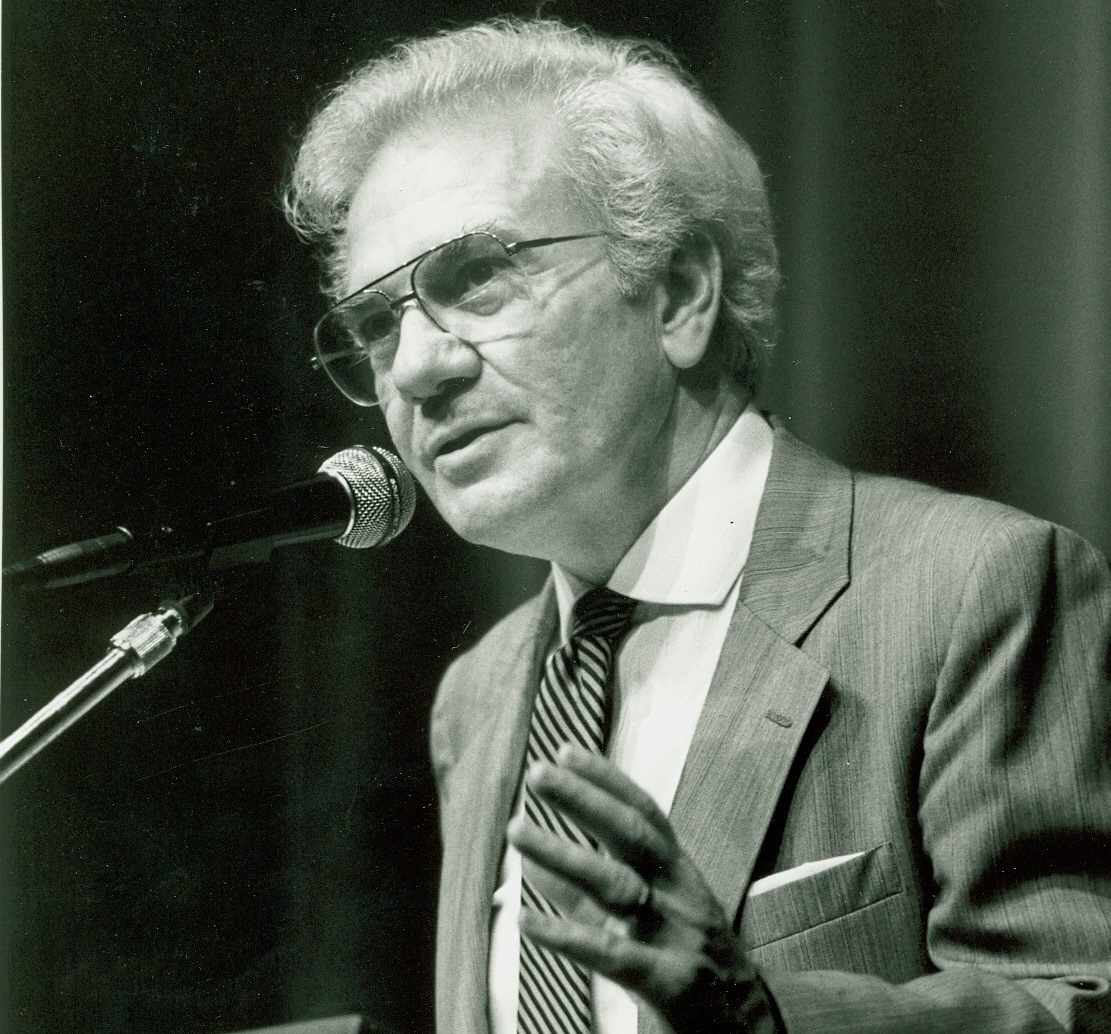
Ernest L. Boyer with Joan Kennedy Smith (left) and Vivienne Anderson (right) at the Very Special Arts Festival at the Kennedy Center. – BCA
Today’s Photo Friday post shows Ernie Boyer admiring a piece of art at the Very Special Arts Festival at the Kennedy Center in 1978. At the time, Boyer was the United States Commissioner of Education, one of the highest leadership positions in the field of education. Today we often perceive such government leaders as seeking to reduce funding for subjects that are not a part of standardized tests, including art and music.
However, Ernie Boyer was not such a leader. He strongly believed that the arts and education belong together, not because the arts will help students with their math skills, but because the arts allow students to develop something which goes beyond what a test can gauge. Boyer returned to the Kennedy Center one year later in 1979 and gave a speech on the arts. He stated:
It has been said that humans are distinguishable from animals because of language. I would take one further step. I’m suggesting that what separates humans from humans-at-their-best are art, color, rhyme, rhythm, form, sound, and movement. The arts give expression to the profound urgings of the human spirit, which very often “words and phonemes” cannot capture. The arts validate our feelings in a world that deadens feelings, and they organize our perceptions and give meaningful coherence to existence…
What I’m suggesting is, that through the arts our schools can help every student achieve what on another occasion I called “the educated heart.” The educated heart means to me an expectation of beauty, a tolerance of others, a reaching for beauty without arrogance, a courtesy toward opposing views, a dedication to fairness and social justice, a love for graceful expression. I recognize that these are lofty goals- some may say sentimental, but I am convinced that they are within our grasp, and certainly within our dreams.
It is often said that the mark of a true leader is the vision he or she has for the future. In this way, Boyer went above and beyond his call as Commissioner of Education. Most people would think of an administrator as being concerned with relaying information to those underneath them and they would do the same for those below them and so on. However, Boyer’s focus was on all of the students at the bottom of this chain. Going further, his focus was also on how these students interact. How are schools effective if students are not taught how to fully communicate the knowledge they have learned? Boyer understood that expression and understanding are key for both human development and cohesion within a community. But, this can only be accomplished through the arts, as they provide numerous ways to convey feelings when words are not enough.
Therefore, today’s post pays tribute to the importance of the arts, its connection to education, and Boyer’s vision for this connection.
To read the rest of Boyer’s speech, click here.

